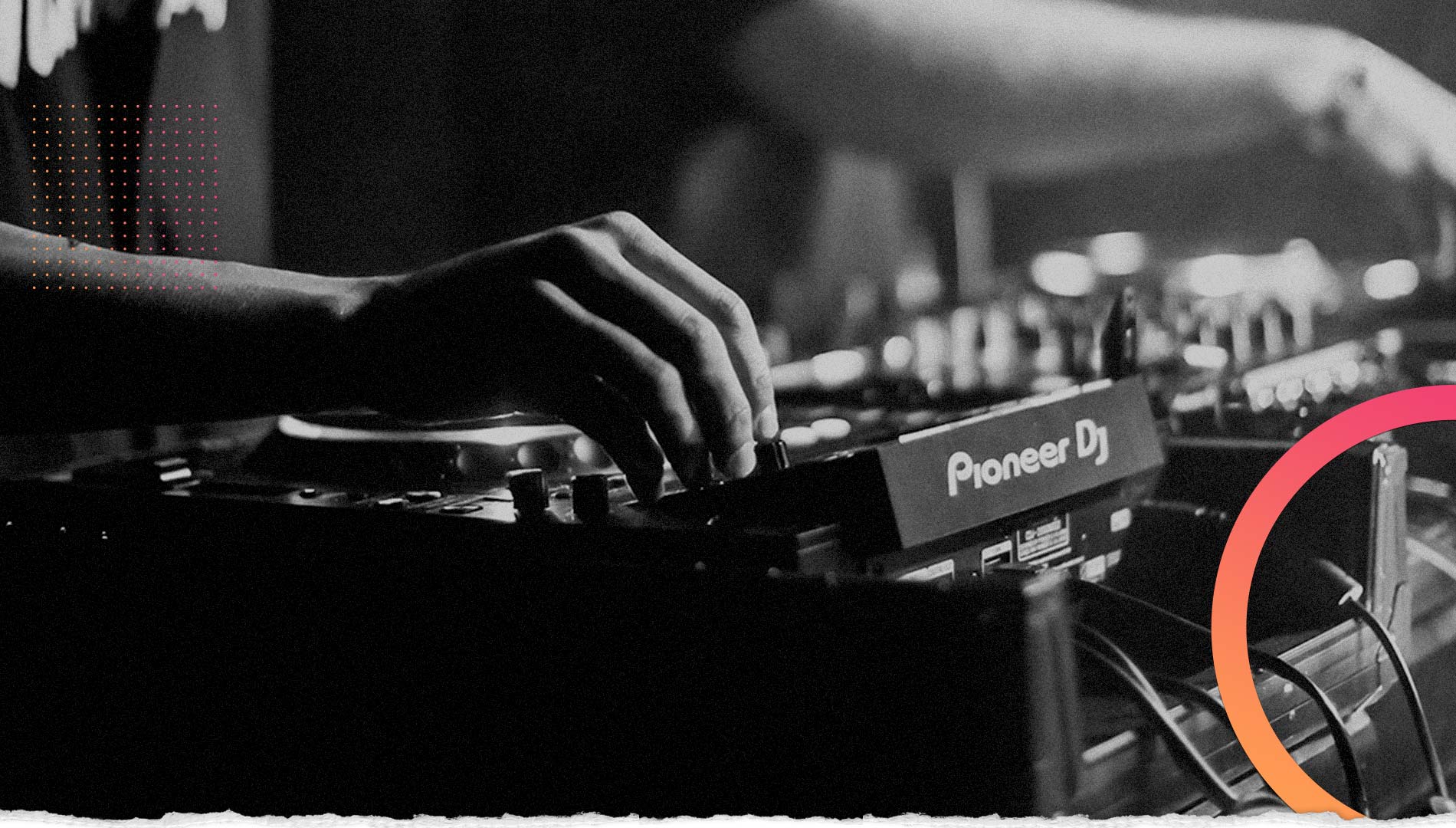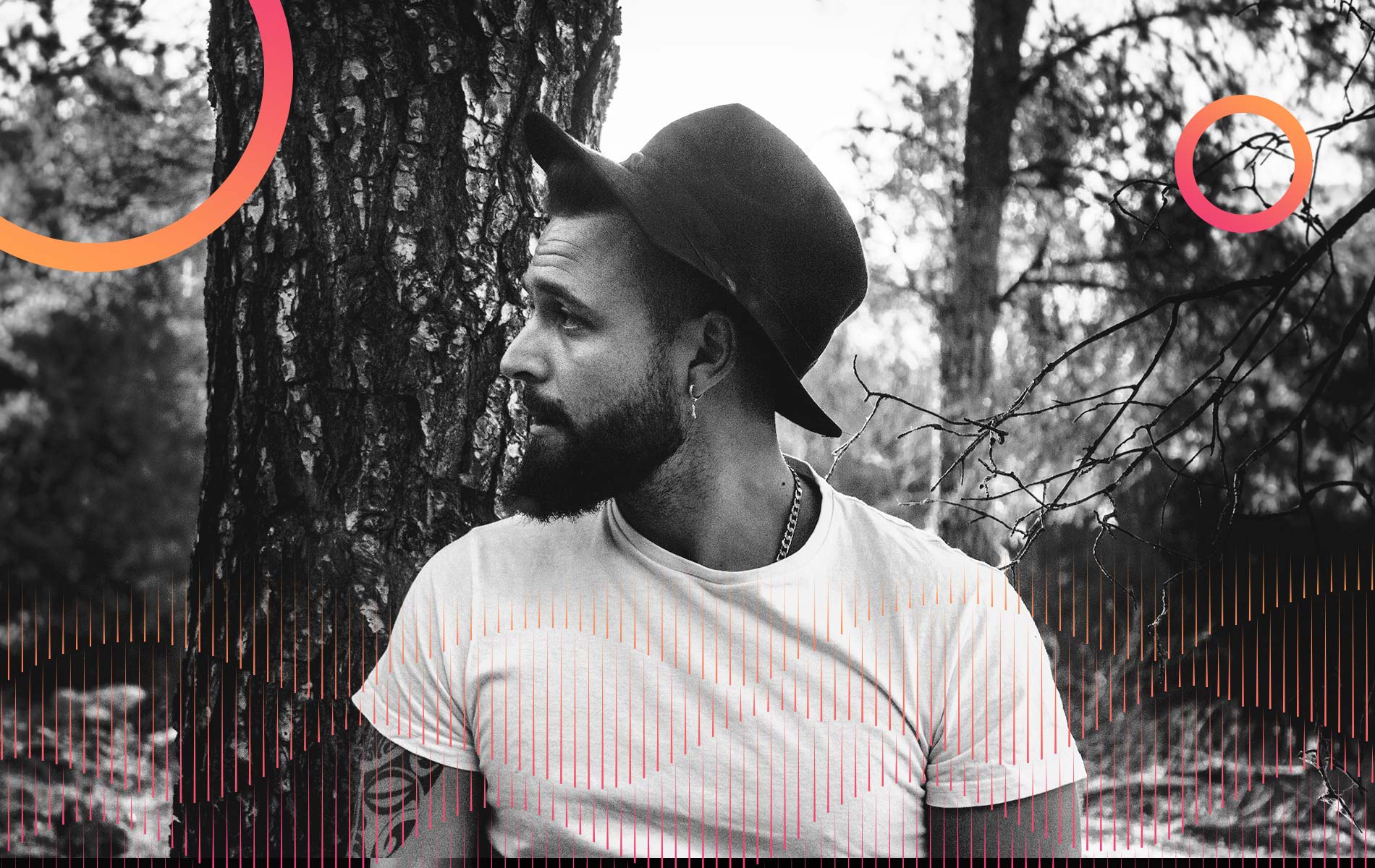Listeners:
Top listeners:
-
 play_arrow
play_arrow
Electromusic FM RADIO ONLINE 24/7
-
 play_arrow
play_arrow
London Calling Podcast Yana Bolder
Disappointed, disenchanted, defiant: inside the world of the West Bank’s angry armed youths | Israel-Hamas war

The world of Mohammed al-Musseimi was not very wide. The 15-year-old lived with his aunt and grandmother in a gloomy house almost without windows in the city of Nablus in the occupied West Bank.
Since leaving school a year ago, he spent his days with his older brother and other teenagers in the Balata refugee camp. Some days, they would play football or swim. On others, they would play PUBG on their phones, an online combat game that pits players against each other.
This was the nearest Musseimi had come to fighting, his family said, though he had long been exposed to conflict. Almost every wall along the potholed, rubbish-strewn alley that runs through the centre of the Balata camp is plastered with images of young men killed in recent years in clashes with Israeli security forces. Tear off one and there are three more underneath. For years, the Balata camp has been a stronghold of militant activism and the target of Israeli security forces.
Musseimi was killed in an Israeli airstrike on the office of Fatah, the ruling Palestinian political party and one-time armed faction, just metres from his home at 2am on 18 November. He thus became one of more than 200 Palestinians, including 52 children, killed by Israeli security forces in the West Bank since the 7 October attacks by Hamas that killed about 1,200 people, mainly civilians, in their homes or at a music festival.
Though his family say Musseimi was just walking past the Fatah office in the Balata camp when the missile hit, there is much evidence that he was involved with the al-Aqsa Martyrs Brigade, a militant armed faction that is now only tenuously linked to Fatah.
Israeli officials say that the airstrike that morning wiped out a “terrorist cell” led by a senior 40-year-old local commander with a long history of violence against Israeli civilians, who had recruited four youngsters, including Musseimi. In a statement, the al-Aqsa Martyrs Brigade claimed all five as martyrs.
These young militants in the West Bank are very different from their forebears, analysts and officials say. They are also different from those of Hamas in Gaza, where the extremist organisation has built a semi-conventional insurgent army with a clear chain of command. It was these men who were responsible for the terrorist violence of 7 October in Israel, which saw unarmed civilians, including the very young and elderly hunted down, stabbed to death and burned alive, as well as credible reports of sexual violence and torture.
The Observer spoke to 10 armed militants in Nablus and the city of Jenin earlier this month. The interviews were brief yet they were sufficient to gain an insight into the new wave of violent activism among the Palestinian population in the occupied territories.
Musseimi came from a family who were religiously observant but not exceptionally so. Some of the fighters interviewed carried miniatures of the Qur’an in pouches on the straps of their weapons.
Almost all spoke of the liberation of al-Aqsa, the mosque in Jerusalem that is the third holiest place in Islam, as an ultimate objective. Asked if he was fighting for Palestine or for Islam, one young fighter in Jenin said the two were the same. Another said he enjoyed reciting “nasheeds” (austere religious chants}.
But several said they preferred “revolutionary songs”, many smoke cigarettes and almost all avidly follow big football teams. Several sported large tattoos.
All those asked said believers from the Shia minority branch of the faith were “good Muslims”, unlike the Islamic State, which considered them heretics to be fought and killed. All considered themselves “resistance fighters”.
HA Hellyer, an expert on extremism at the Carnegie Endowment for International Peace, said ideology played a limited role in the decision of young men in the West Bank to take up arms. “Their religious identity is simply that of Palestinian youth on the West Bank. There is little to distinguish them ideologically compared to everyone else,” Hellyer said.
“Maybe that changes, but now this is all about the circumstances they find themselves in, and seeing themselves as defending their homes from an occupation that no one seems to want to protect them from.”
Michael Milstein, a former Israeli military intelligence officer and expert in Palestinian affairs at Tel Aviv University, said this generation of militants had grown up into a very complicated, chaotic situation. “There is no really deep ideology. I am not saying terrorism or violence is just due to social problems, of course. There is a lot of incitement, but it’s a reflection of much deeper problems in the Palestinian arena,” he said.
In Musseimi’s home, the biggest room was dominated by two large posters of two uncles, whom family members described as “martyrs” in the “armed struggle against occupation”. Rhetorically at least, the idea of dying for the cause looms large. Hamed, a 19-year-old fighter in Jenin, said he sought victory or martyrdom, but that both were “as beautiful as another”.
after newsletter promotion
Many others expressed similar sentiments. But all disapproved of suicide bombing, a high-profile terrorist tactic of Palestinian militant groups in the 1990s and also during the second intifada, an uprising in the occupied territories that lasted from 2000 to 2005.
“I will not end my life early. That would be wrong. I will fight them as long as I can,” said a 26-year-old armed with a homemade Sten gun in Nablus. Several others said they wanted to die with their rifles in their hands.
A further change from previous generations is the use of social media. Splinter factions, such as one in Nablus known as the Lions’ Den, have made extensive use of the Telegram messaging service. Some fighters – or “terrorists”, as they are described systematically in Israel – have built up extensive online followings.
“They speak a language that the old fossilised leaders don’t. They use irony and humour. They rally online,” said Nour Odeh, a political commentator and analyst in Ramallah. “They are not ideologues. They are a generation that is fed up with everyone. They are disappointed, disenchanted and have been let down.”
Analysts point out that those now being recruited into armed Palestinian factions are too young to remember the second intifada, in which approximately 3,000 Palestinians and 1,000 Israelis died. Since then, violence has been relatively muted in the West Bank, with Israeli security forces’ fierce clampdowns and the Palestinian Authority maintaining a fragile relative calm.
But for more than a year, violence has been rising and has spiked sharply since the 7 October attacks and the consequent Israeli offensive in Gaza, which has killed more than 14,000, according to local authorities. Hugely popular local TV networks show unedited images of the destruction and death in Gaza around the clock in shops, cafes and homes across the West Bank.
“The impact of what has been happening on this generation will not simply be in Gaza, but among Palestinians more generally and among Arabs and internationally,” said Hellyer.
Many analysts highlight the disappointment with an older generation of Palestinian politicians, seen as self-seeking collaborators with Israel, saying that this has left a vacuum filled by the armed groups.
But it is not just the Israeli occupation or the Palestinian Authority that provoke defiance. Often the main armed factions such as Hamas or Palestinian Islamic Jihad are defied too. One explanation for the popularity of the Lions’ Den faction was its nominal independence, said Milstein. Loyalties are often to locations – such as Balata camp – or to local clans.
In interviews, the militants often repeated the slogans of their respective groups but also referred to their own frustrated ambitions and dreams. Many said they wanted to travel but were unable to move more than a few miles without being blocked by Israeli checkpoints. Some spoke of wanting to become teachers or having other professions but there being no jobs. One said he wanted to be an “ocean captain”, piloting ships.
In Nablus and Jenin, thousands filled the streets for funerals of those killed in clashes with Israeli forces, firing volleys of shots into the air with grim determination. “The game for us is to buy a weapon and fight the enemy,” said Aboud, a 25-year-old armed with an M16 in Nablus. “We have no other option.”
Written by: Soft FM Radio Staff
Angry armed Banks defiant Disappointed disenchanted IsraelHamas war West World youths
Similar posts
Electro Music Newsletter
Don't miss a beat
Sign up for the latest electronic news and special deals
EMAIL ADDRESS*
By signing up, you understand and agree that your data will be collected and used subject to our Privacy Policy and Terms of Use.
Podcast episodes
 Invalid license, for more info click here
Invalid license, for more info click here
Copy rights Soft FM Radio.




